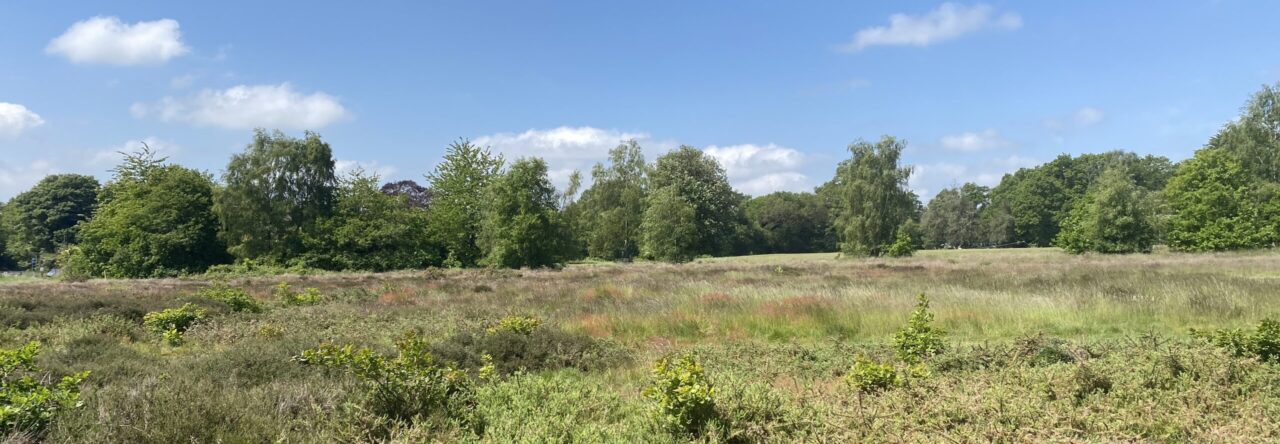The Limpsfield Community Cycle Route (LC) – in ORANGE on map
This short ‘there and back’ route connects Limpsfield Village with Limpsfield Chart without the need to cycle on busy roads. It is suitable for hybrid and off-road bikes and for younger riders.

The route is waymarked, and can be extended to cycle to Oxted Station. There is also access to Limpsfield C of E Infants School.
Refreshments
- The Carpenters Arms, Tally Road, Limpsfield Chart
- The Bull Inn, Memorial Stores and Coffee at Kiwi House (café) on Limpsfield High Street (Village)
- The British Legion on Limpsfield Common (Grub Street)






Limpsfield Village
Limpsfield Village formed the 12th century administrative centre of the Manor of Limpsfield which was owned by Battle Abbey.
The high point of Limpsfield Village’s prosperity actually occurred following the Black Death! This prosperity influenced the construction of medieval hall houses in the village during the 15th and 16th centuries.
During the late 17th and early 18th century, many of the medieval hall houses were re-fronted in the vernacular style and more homes and pubs built! At one time, there were 5 pubs in Limpsfield alone, but only The Bull now remains. (Click here for more information on the five original pubs of Limpsfield)
In the 19th century, being on the road from London to the coast, the High Street started to develop as a small commercial centre, with a number of small shops appearing, but this was curtailed by the arrival of the railway in Oxted in 1884.
It was designated a Conservation Area in 1973 and is well known for its high number of listed buildings, mediaeval architecture and ironstone pavements.





Limpsfield Chart
Limpsfield Chart is a small settlement largely centred around The Carpenters Arms and St Andrews Church, built in 1895 as a place of worship in the parish of Limpsfield and Titsey.
Most of the land in and around Limpsfield Chart is owned by either the National Trust or Titsey Foundation. The High Chart to the east of the village is a large area of woodland with a network of footpaths and bridleways, including the halfway point of the 110-mile Greensand Way long distance footpath.
The remains of a Roman road, the London to Lewes Way pass through the woods to the east of the village.
The Carpenters Arms dates back to the 1800s – a popular coaching inn on the route from London to the coast. Joyce’s post office, shop and adjacent reading room was also a focal point of the village until the late 1970s.
The Chart village common land – woodland and heath – is owned by the National Trust and had cows and sheep grazing on it well into the 20th century.
The former windmill (which used to be on Mill Lane off Tally Road) was built around 1817 and was unique among Surrey’s mills, being the only one to have clockwise sweeps… most mills sweep anti-clockwise, in case you didn’t know!
Other notable buildings include the 17C Mill House and The Salt Box (Kent Hatch Road) – both being rubble stone with brick dressings to front, applied timber with rendered infill above, tile hung above to rear; Trevereux Manor, Trevereux Place (once the Marie Curie research centre) and Caxton House – formerly a convalescent home for servicemen.
